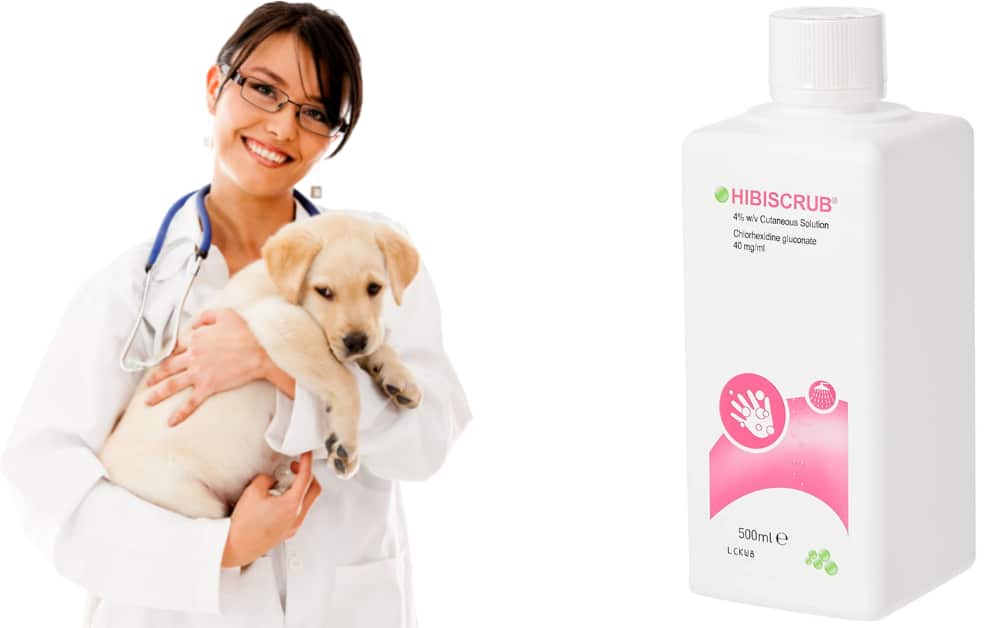Safeguard is a veterinary-grade dewormer formulated with fenbendazole, a broad-spectrum antiparasitic agent. It’s commonly available as a paste, granule, or liquid and is often used for dogs, horses, cattle, and other animals. Fenbendazole belongs to the benzimidazole class of drugs, which are highly effective against a wide range of internal parasites.
What sets safe-guard® (fenbendazole) apart is its availability without a prescription, ease of administration, and safety profile, even when used across multiple consecutive days. This makes it a preferred choice for both first-time pet parents and seasoned breeders.
Fenbendazole works by disrupting the energy metabolism of parasites, effectively starving and killing them. It’s often used to treat:
- Roundworms
- Hookworms
- Whipworms
- Certain types of tapeworms (Taenia, but not Dipylidium caninum)
Safeguard Dosage For Dogs
Safeguard for dogs dosage is calculated at 50 mg/kg (22.7 mg/lb) of body weight, administered daily for 3 consecutive days. For dogs weighing 10 lbs (4.5 kg), the recommended dose is 1 gram, while dogs 11-20 lbs (5-9.1 kg) require 2 grams.
Medium-sized dogs 21-30 lbs (9.5-13.6 kg) need a combination of 1g + 2g pouches, and dogs 31-40 lbs (14.1-18.2 kg) require a single 4g pouch. Larger dogs 41-50 lbs (18.6-22.7 kg) need 1g + 4g, while 51-60 lbs (23.1-27.3 kg) require 2g + 4g. Dogs 61-80 lbs (27.7-36.4 kg) need two 4g pouches. For dogs over 80 lbs (36.4 kg), consult your veterinarian for proper dosage.
Always mix the daily dose with a small amount of your dog’s regular food, ensuring they consume all the medicated food—moisten dry food if necessary to aid mixing.
Safe-Guard Canine Dewormer For 6 Weeks and Older
Safeguard Dosage Chart For Dogs
Safeguard Granule Dosage Chart for Dogs
| Dog Weight (lbs) | Dog Weight (kg) | Safe-Guard® Granule (Daily Dose) |
|---|---|---|
| 10 | 4.5 | 1 gram |
| 11 to 20 | 5.0 to 9.1 | 2 gram |
| 21 to 30* | 9.5 to 13.6 | 1 gram + 2 gram |
| 31 to 40 | 14.1 to 18.2 | 4 gram |
| 41 to 50* | 18.6 to 22.7 | 1 gram + 4 gram |
| 51 to 60* | 23.1 to 27.3 | 2 gram + 4 gram |
| 61 to 80* | 27.7 to 36.4 | Two 4 gram |
| Over 80* | Over 36.4 | Consult veterinarian |
Safeguard 100mg/ml Liquid Dosage Chart For Dogs
| Dog Weight (lbs) | Dog Weight (kg) | Safeguard 100mg/ml Dose (cc/ml) |
|---|---|---|
| 1 | 0.5 | 0.23 |
| 2 | 0.9 | 0.45 |
| 3 | 1.4 | 0.68 |
| 4 | 1.8 | 0.91 |
| 5 | 2.3 | 1.14 |
| 6 | 2.7 | 1.36 |
| 7 | 3.2 | 1.59 |
| 8 | 3.6 | 1.82 |
| 9 | 4.1 | 2.05 |
| 10 | 4.5 | 2.27 |
| 11 | 5.0 | 2.50 |
| 12 | 5.4 | 2.73 |
| 13 | 5.9 | 2.95 |
| 14 | 6.4 | 3.18 |
| 15 | 6.8 | 3.41 |
| 16 | 7.3 | 3.64 |
| 17 | 7.7 | 3.86 |
| 18 | 8.2 | 4.09 |
| 19 | 8.6 | 4.32 |
| 20 | 9.1 | 4.55 |
| 21 | 9.5 | 4.77 |
| 22 | 10.0 | 5.00 |
| 23 | 10.4 | 5.23 |
| 24 | 10.9 | 5.45 |
| 25 | 11.4 | 5.68 |
| 26 | 11.8 | 5.91 |
| 27 | 12.3 | 6.14 |
| 28 | 12.7 | 6.36 |
| 29 | 13.2 | 6.59 |
| 30 | 13.6 | 6.82 |
| 31 | 14.1 | 7.05 |
| 32 | 14.5 | 7.27 |
| 33 | 15.0 | 7.50 |
| 34 | 15.5 | 7.73 |
| 35 | 15.9 | 7.95 |
| 36 | 16.4 | 8.18 |
| 37 | 16.8 | 8.41 |
| 38 | 17.3 | 8.64 |
| 39 | 17.7 | 8.86 |
| 40 | 18.2 | 9.09 |
| 41 | 18.6 | 9.32 |
| 42 | 19.1 | 9.55 |
| 43 | 19.5 | 9.77 |
| 44 | 20.0 | 10.00 |
| 45 | 20.5 | 10.23 |
| 46 | 20.9 | 10.45 |
| 47 | 21.4 | 10.68 |
| 48 | 21.8 | 10.91 |
| 49 | 22.3 | 11.14 |
| 50 | 22.7 | 11.30 |
How Safeguard Works Against Parasites
Fenbendazole is one of the most effective anthelmintics for dogs, thanks to its broad spectrum. Here’s what it helps eliminate:
- Roundworms (Toxocara canis, Toxascaris leonina): These are common in puppies and can cause potbellied appearance and digestive issues.
- Hookworms (Ancylostoma caninum, Uncinaria stenocephala): Known for causing anemia and bloody stool.
- Whipworms (Trichuris vulpis): These burrow into the intestinal lining and can be hard to detect until they’ve done serious damage.
- Certain Tapeworms (Taenia species): Often acquired through eating raw meat or infected rodents.
Unlike some dewormers that only kill adult worms, Safeguard disrupts the entire life cycle, making it more effective with continued use over 3–5 days.
Mechanism of Action: How Fenbendazole Eliminates Worms
Safe-guard® Fenbendazole works by interfering with the parasite’s ability to absorb glucose. It binds to beta-tubulin proteins in parasitic cells, preventing the formation of microtubules. Without these structures, the worms can’t properly absorb nutrients. Over time, they die off from starvation.
This targeted approach is not only effective but also low in toxicity for dogs. Most canines can tolerate fenbendazole without any issues, even when used for extended protocols (sometimes up to 10 days for off-label treatments like giardia).
It’s a bit like cutting off the power supply to a building—you don’t destroy the structure directly, but you render it completely unusable from within.
How to Administer Safeguard to Your Dog
Safeguard comes in a few different forms, and choosing the right one depends on your pup’s size, age, and taste preferences:
- Granules: These are the most common form used for dogs. They’re easy to mix into soft foods or canned dog food.
- Liquid Suspension: Easier to measure in smaller doses—great for puppies and small breeds. It’s usually available in goat or cattle formulations but can be safely used in dogs with proper dosage calculation.
- Paste (Horse Dewormer): Concentrated form used off-label for dogs, especially in kennels with multiple large dogs. Must be measured precisely due to potency.
Here’s a quick comparison:
| Form | Best For | Pros | Cons |
|---|---|---|---|
| Granules | Most dogs | Easy to mix, palatable | Can be hard to measure for small dogs |
| Liquid | Puppies, small breeds | Easy dosing | Less available in pet stores |
| Paste | Large dogs | Cost-effective | High overdose risk if mismeasured |
Use syringes or gram scales to ensure exact dosing—don’t rely on kitchen spoons. If your dog spits out the dose, try wrapping it in a treat or using a pill pocket.
Also, administer with food to reduce stomach irritation and improve absorption. Avoid giving it on an empty stomach unless advised by a vet.
When to Avoid Using Safeguard For Canines
While Safeguard is generally safe, there are certain cases where it’s best to hold off or consult a vet before using it. Not every canine is a perfect candidate for over-the-counter deworming—especially when other health issues are involved.
Avoid Safeguard if Your Dog:
- Is Pregnant or Nursing: There’s limited safety data on fenbendazole use during pregnancy. Some breeders use it cautiously under vet supervision, but it’s not universally recommended.
- Is Seriously Ill or Immunocompromised: A weakened immune system could struggle with the stress of a die-off reaction from parasites.
- Is Already on Other Medications: Safeguard might interact with specific antifungal or deworming medications.
- Is Under 6 Weeks Old: Puppies this young should only be dewormed under direct veterinary supervision. Even a small misdose can have serious consequences.
If your furry friend has chronic conditions like liver or kidney disease, always consult a vet. While fenbendazole isn’t highly metabolized in the liver, it’s still wise to proceed cautiously.
You should also avoid using multiple dewormers at once, unless explicitly told to by a vet. Some pet owners, in their rush to eliminate parasites, use several products together, which can cause overdose symptoms or gastrointestinal distress.
Allergic or Adverse Reaction History?
Canines with a history of adverse reactions to benzimidazole drugs should not be given Safeguard. Symptoms of allergic response may include:
- Facial swelling
- Hives
- Excessive drooling
- Collapse or seizures (extremely rare)
When to Consult a Vet for Deworming
Even though Safeguard is an over-the-counter product, there are moments when it’s absolutely essential to involve a veterinarian. DIY only goes so far—sometimes professional help is needed.
Signs That Require a Vet Visit:
- Persistent vomiting or diarrhea
- Blood in stool
- Visible worms after multiple treatments
- Extreme weight loss
- Pot-bellied appearance in puppies
- Scooting or licking anus repeatedly
These could indicate a heavy infestation, a resistant parasite strain, or even a misdiagnosis. For instance, giardia can mimic worm symptoms but requires a different treatment protocol.
You May Also Like To Read:
FAQs
How often should I deworm my dog with Safeguard?
Generally, adult dogs should be dewormed every 3–6 months, while puppies may need it every 2–4 weeks early on. Frequency depends on your dog’s exposure risk and lifestyle.
Can I give Safeguard to pregnant or nursing dogs?
Use caution. While some breeders do use Safeguard during pregnancy, always consult your vet. Improper dosing can affect both mom and puppies.
What happens if I miss a dose?
If you miss a dose, give it as soon as possible, then continue the next dose 24 hours later. It’s important to complete the 3-day series for best results.
Is Safeguard safe for all dog breeds?
Yes, in general. However, always adjust dose based on weight. For sensitive breeds (like Collies or Shelties), consult your vet, though Safeguard is usually well tolerated.
Can I use Safeguard for cats or other animals?
Safeguard is labeled for dogs, but some formulations are used off-label for cats, goats, and livestock. Never give it to other animals without a vet’s direction.
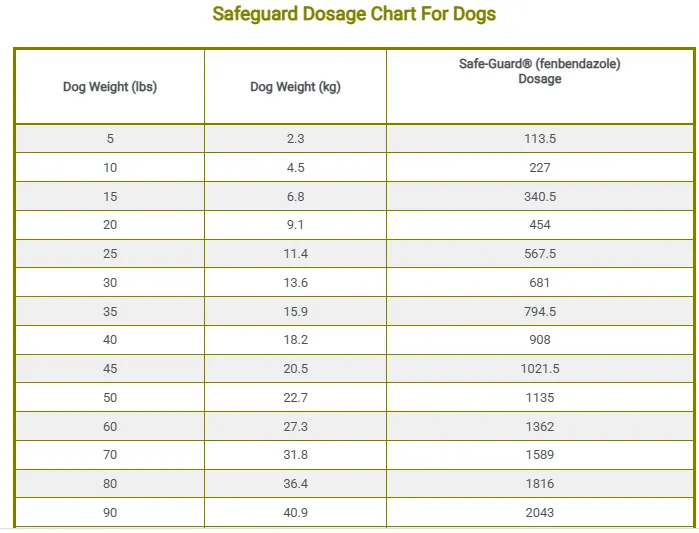

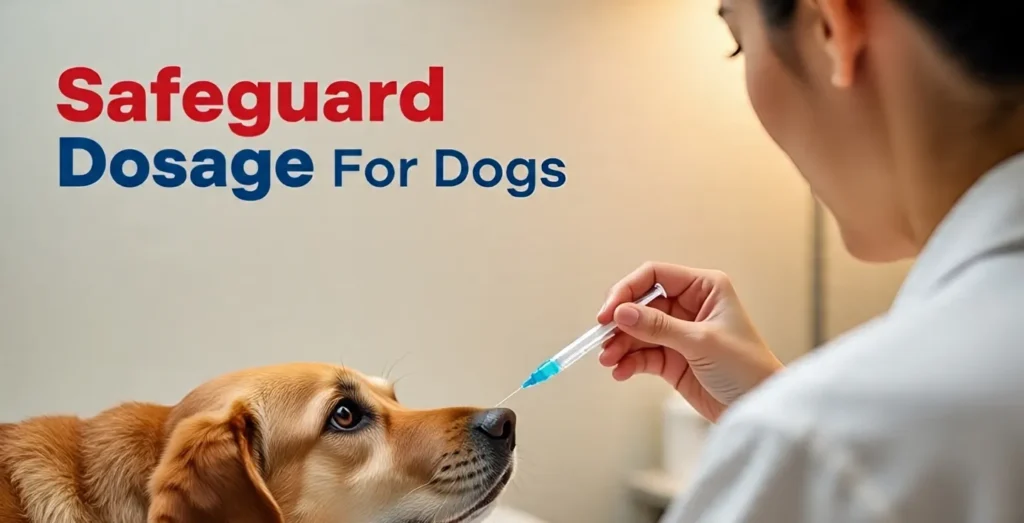

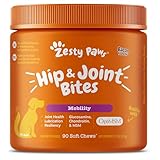

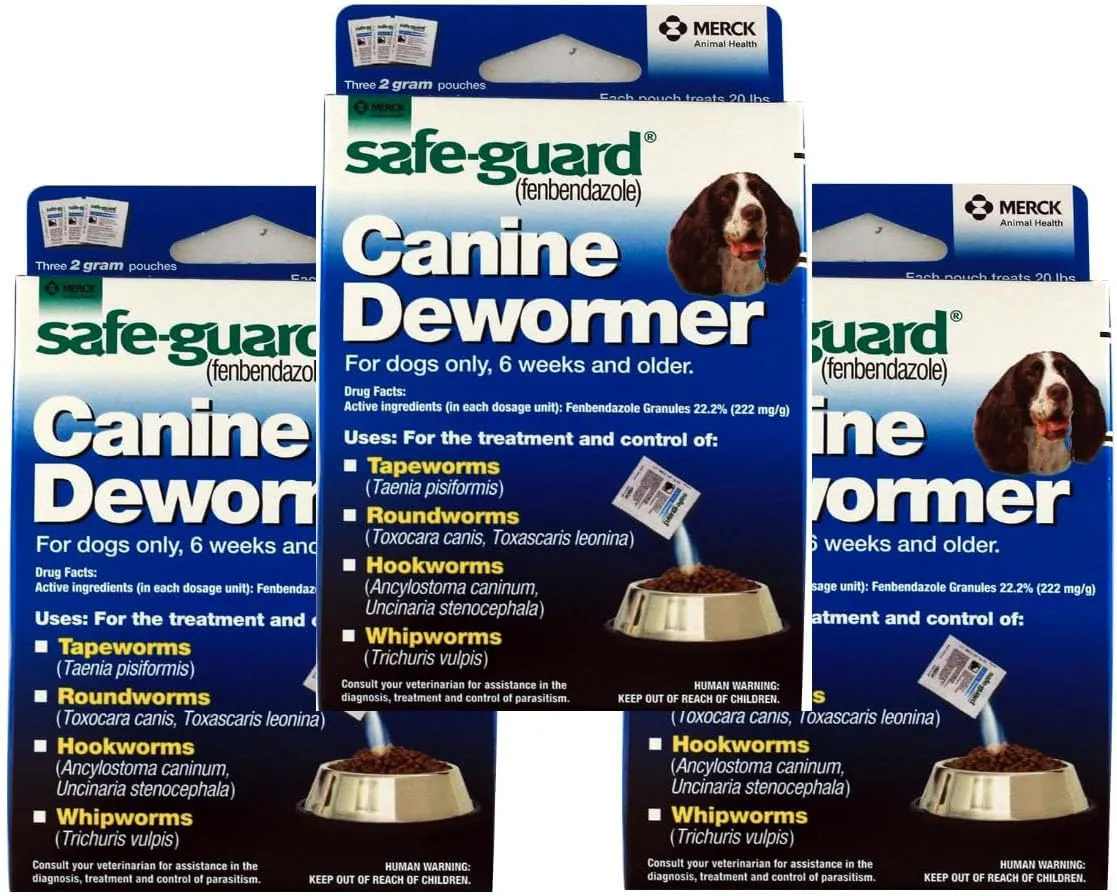



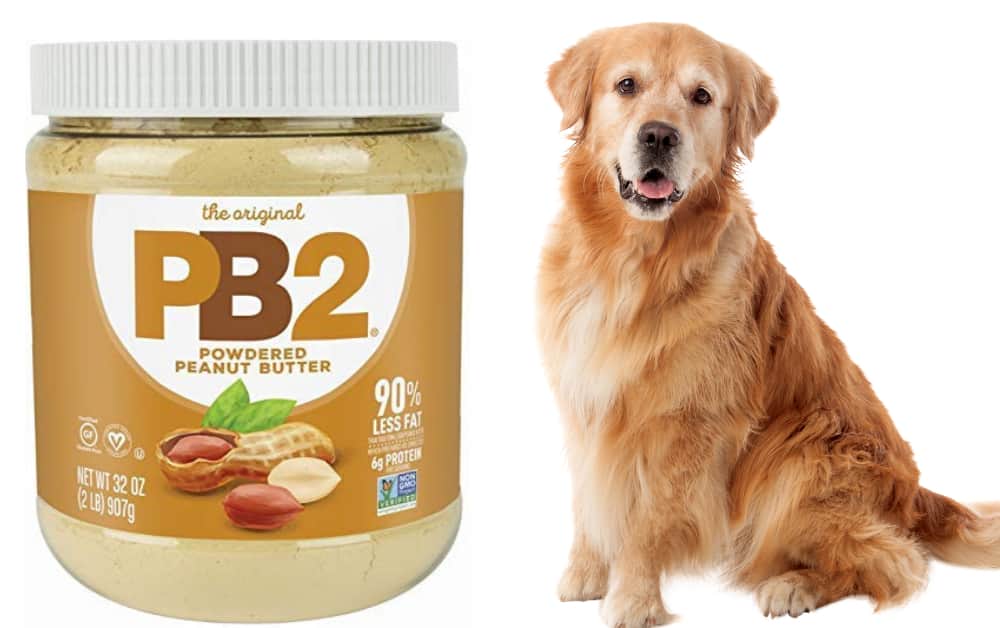

![Can Dogs Eat Blood? 7 Side Effects [Expert Opinion]](https://petskor.com/wp-content/uploads/2022/04/Webp.net-resizeimage-12.jpg)
